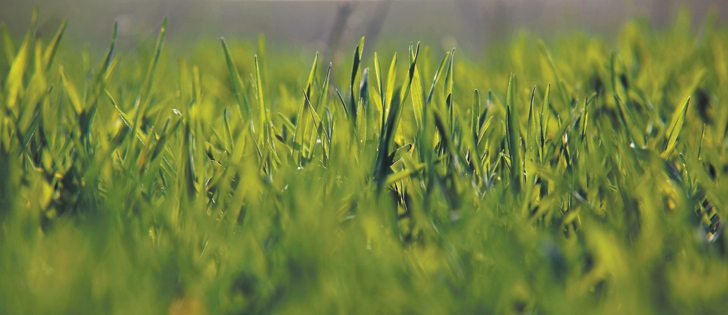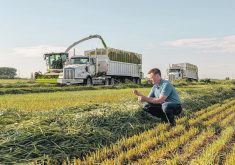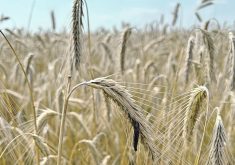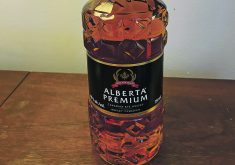Hybrid rye acres may hit 25,000 to 30,000 acres this fall, which is about 10 percent of all rye acres in Western Canada.
Statistics Canada says prairie farmers seeded 300,000 acres of rye last fall. Rain and wet soil conditions this fall probably cut into acreage, but hybrid rye acres are on the rise.
“We don’t have our final numbers in yet, but we’re looking somewhere in that … double to almost triple the amount of acres (compared to last year),” said Denise Schmidt, national sales manager for FP Genetics, a pedigreed seed company that introduced hybrid rye in Canada a couple of years ago.
Read Also
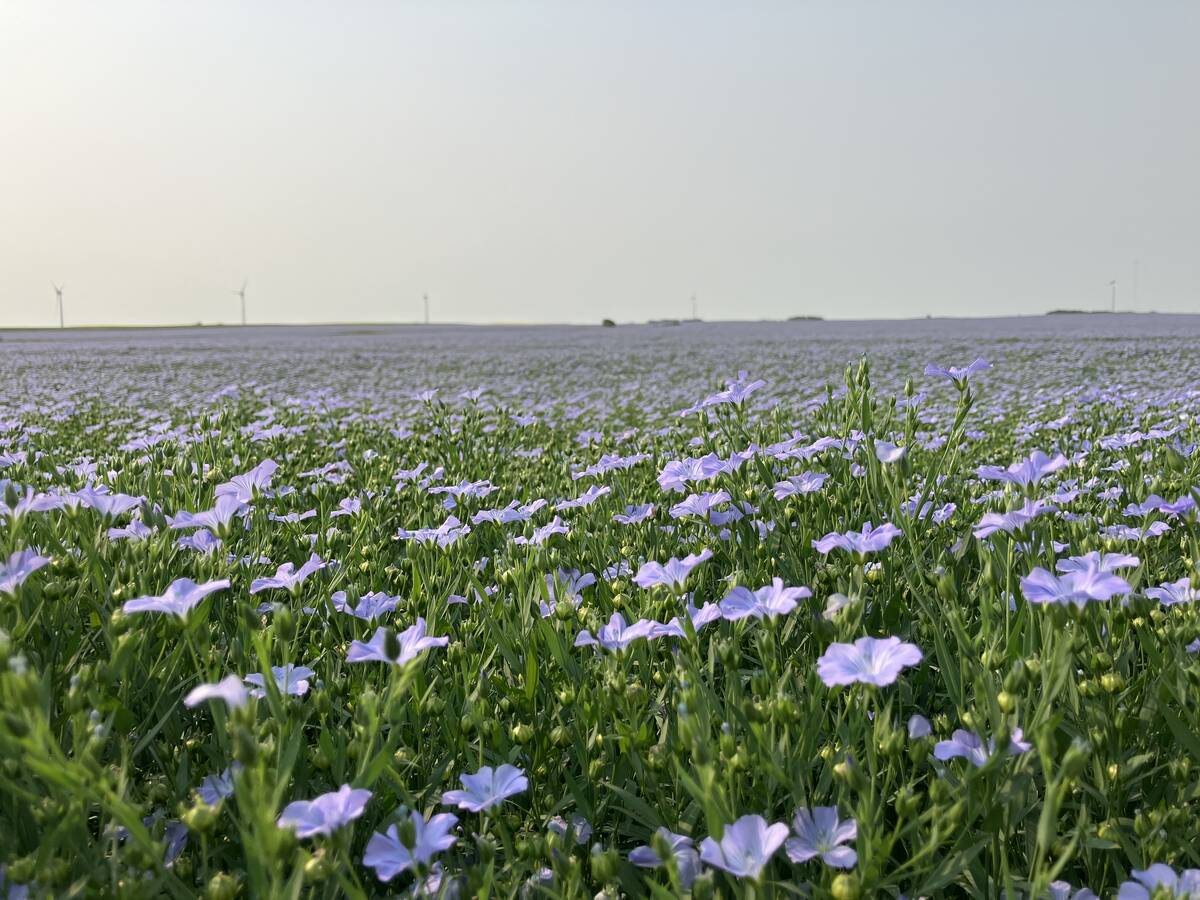
Huge Black Sea flax crop to provide stiff competition
Russia and Kazakhstan harvested huge flax crops and will be providing stiff competition in China and the EU.
Last fall, prairie farmers seeded about 11,000 acres of hybrid rye, Schmidt said.
Plot and field tests have shown that hybrid rye yields are 20 percent higher than traditional, open-pollinated varieties. The hybrids also produce seed of higher quality, better suiting the milling market for human consumption.
Many growers reported solid yields of hybrid rye this summer, of 100 bushels per acre or more. The positive news likely boosted demand for hybrid seed.
“We’re very pleased to say that 90 percent of growers that have done hybrid rye … it’s been a success,” Schmidt said.
“Those folks definitely put their orders in again.”
Hybrid rye acres are expanding but Schmidt said overall rye acres may be flat. Hybrid rye is likely replacing open-pollinated varieties, rather than building upon existing acres.
Price probably kept a lid on acres because rye is down relative to previous years.
“Last week, it was around that $4 (per bushel),” Schmidt said. “But a lot of the contracts are not priced as of yet. They’re open-ended production contracts that are for delivery periods, with pricing options.”
Meanwhile, the state of affairs for winter wheat is less clear. Wet field conditions delayed the canola harvest in parts of Manitoba and Saskatchewan, which may cut into seeded acres for winter wheat.
Jake Davidson, executive director of Winter Cereals Canada, said many canola fields around his home in Minnedosa, Man., were still not harvested in late September. If canola is still around it means winter wheat is not seeded because it’s normally planted into canola stubble.
“I know in western Manitoba, north of Highway 1 … we keeping getting rain … and there is a huge amount of canola sitting there (in fields),” he said. “Kitty corner … our neighbour, his canola has been down (in the swath) for five weeks.”
Ken Gross, agronomist with Ducks Unlimited in Brandon, said the situation is better in other parts of western Manitoba, where winter wheat growers were able to seed into canola stubble.
“So I think we’ll be at least even, or up, in Manitoba from where we were last year…. That’s my best guess.”
In Saskatchewan, many producers struggled with wet seeding conditions, but winter wheat acres may be up in the northern half of the province.
“I had a lot more producers call me … (with) interest in some of the new varieties out there,” said Lyse Boisvert, a Ducks Unlimited agronomist in Saskatoon.
“All of my winter wheat growers on the program last year were able to get it in, except for one…. It was a challenge but they did get it in.”
Acreage for winter cereals will become clearer in early December, when Statistics Canada releases its final crop production estimates for 2016.




